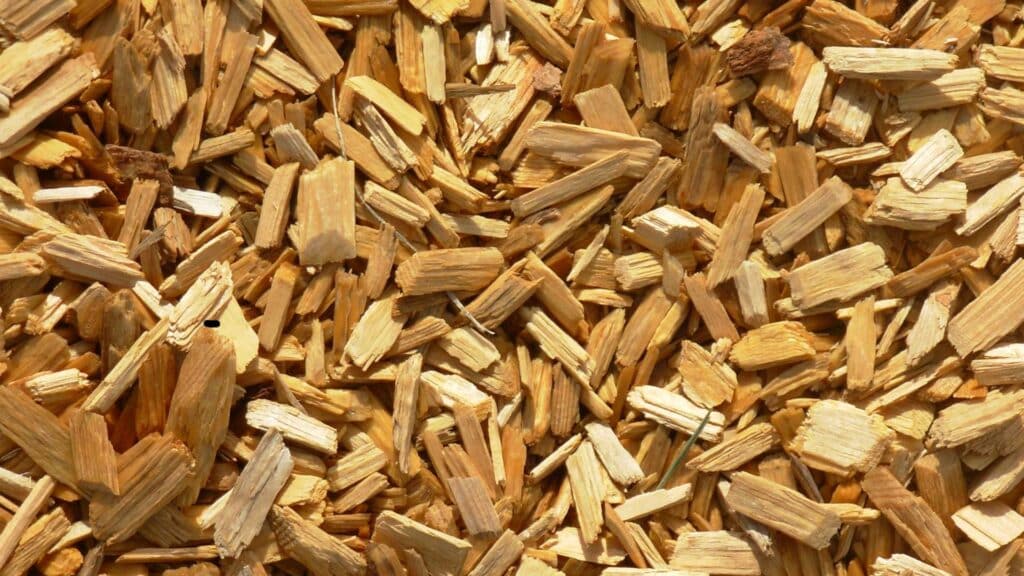Natural resources that can be regenerated at a faster rate than they are being used up are considered renewable energy sources. Examples of such renewable resources are sunlight and wind. It’s easy to find and use renewable energy sources.
However, fossil fuels such as coal, oil, and gas are nonrenewable resources that can only be formed over hundreds of millions of years. When fossil fuels are used for power, they release dangerous greenhouse gases like carbon dioxide into the atmosphere. When compared to the emissions produced by burning fossil fuels, those associated with renewable energy generation are drastically reduced. Key to solving the climate catastrophe is switching from fossil fuels, which are responsible for the vast majority of emissions today, to renewable energy. In most regions, renewable energy sources have dropped in price and currently create three times as many jobs as traditional energy sources.
Solar Energy Burlington, Maryland
To top it all off, solar energy can be harvested even when the sky is overcast, making it the most versatile energy source. The Earth absorbs solar energy at a pace roughly 10,000 times higher than that at which humanity consumes energy.
For a wide variety of uses, solar technologies can provide the necessary heat, cooling, natural lighting, power, and fuels. Photovoltaic panels and mirrors that concentrate solar radiation are two examples of solar technologies that accomplish this. Even though not every country has the same access to solar energy, every country can benefit from incorporating direct solar energy into their energy mix.
As the price of solar panels has dropped drastically over the past decade, they have become not only competitive with other energy sources but often the cheapest. The color of a solar panel might vary from its manufacturer’s use of different materials, and its lifespan averages 30 years.
Wind Energy Burlington, Maryland
Wind energy is generated by installing enormous wind turbines on land (onshore) or in saltwater (offshore) or freshwater (inshore) (offshore). Although humans have harnessed the power of the wind for eons, it is only in the last few years that onshore and offshore wind energy technology have advanced to the point where their turbines are taller and their rotors are wider, hence producing more electricity.
Although average wind speeds do vary widely from place to place, the world’s technical potential for wind energy far surpasses worldwide power output, and most places have the potential to permit considerable wind energy deployment. In spite of the fact that high wind speeds are common in many regions, the most effective sites for harnessing wind power are sometimes in inaccessible places. The potential for offshore wind generation is enormous.
Geothermal Energy Burlington, Maryland
Geothermal energy extracts usable heat from deep within the planet. Wells and other methods are used to harvest heat from geothermal reserves.
Natural hydrothermal reservoirs are those that are both hot enough and permeable enough, while enhanced geothermal systems are those that start with hydrothermal reservoirs but are then heated further through hydraulic stimulation. Fluids of varying temperatures, once brought to the surface, can be used to power electrical generators. Technology for producing power from hydrothermal reservoirs has been in use for over a century, so it is stable and well-tested.
Hydropower Burlington, Maryland
As water flows from higher to lower elevations, it carries with it a lot of potential energy that can be harnessed and used to power machines. Water storage facilities and flowing water are viable sources. In order to generate electricity, reservoir hydropower plants use water that has been previously stored in a reservoir, while run-of-river hydropower plants use the river’s natural flow.
Drinking water, irrigation water, flood and drought management, navigation services, and power generation are just some of the many benefits provided by hydropower reservoirs. As of right now, hydropower accounts for more renewable energy consumption than any other type in the electricity sector. It is vulnerable to climate-induced droughts or changes to ecosystems that affect rainfall patterns because of its reliance on consistent precipitation.
The infrastructure required to generate hydropower has the potential to have a negative effect on ecosystems. Because of this, many people believe that small-scale hydro is the best alternative for towns in outlying areas, as it has a lower environmental impact.
Bioenergy Maryland
Wood, charcoal, dung, and other manures are all examples of biomass that can be used to generate heat and electricity, while agricultural products can be converted into liquid biofuels. The majority of the world’s biomass is consumed in rural areas, where it is used for food preparation, illumination, and space heating by low-income people from developing countries.
Committed plant or tree species, agricultural and forestry byproducts, and diverse organic waste streams are all part of today’s advanced biomass systems. Greenhouse gas emissions are produced when biomass is burned to create energy, but they are less than those produced when fossil fuels like coal, oil, or gas are burned. However, due to potential negative environmental implications connected to massive expansions in forest and bioenergy plantings and the subsequent deforestation and land-use change, bioenergy should only be employed in restricted contexts.

